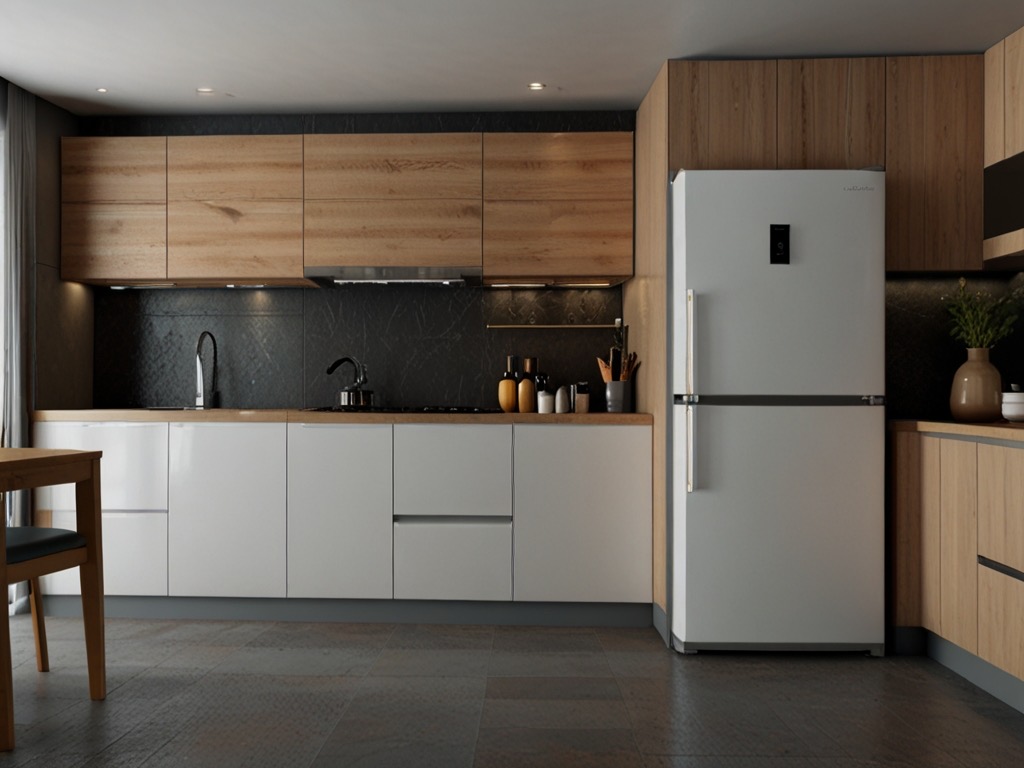
Your refrigerator is one of the most important appliances in your home, working around the clock to keep your food fresh and safe. While it’s easy to take this trusty appliance for granted, maintaining your refrigerator can extend its lifespan, save on energy costs, and prevent unexpected breakdowns. In this article, we’ll share useful tips for keeping your refrigerator in optimal condition, ensuring that it functions efficiently for years to come.
- Clean the Coils Regularly
- Set the Right Temperature
- Keep the Door Seals Tight
- Keep the Refrigerator Well-Organized
- Defrost the Freezer When Needed
- Don’t Overwork the Compressor
- Regularly Inspect the Water Filter
- Schedule Regular Professional Maintenance